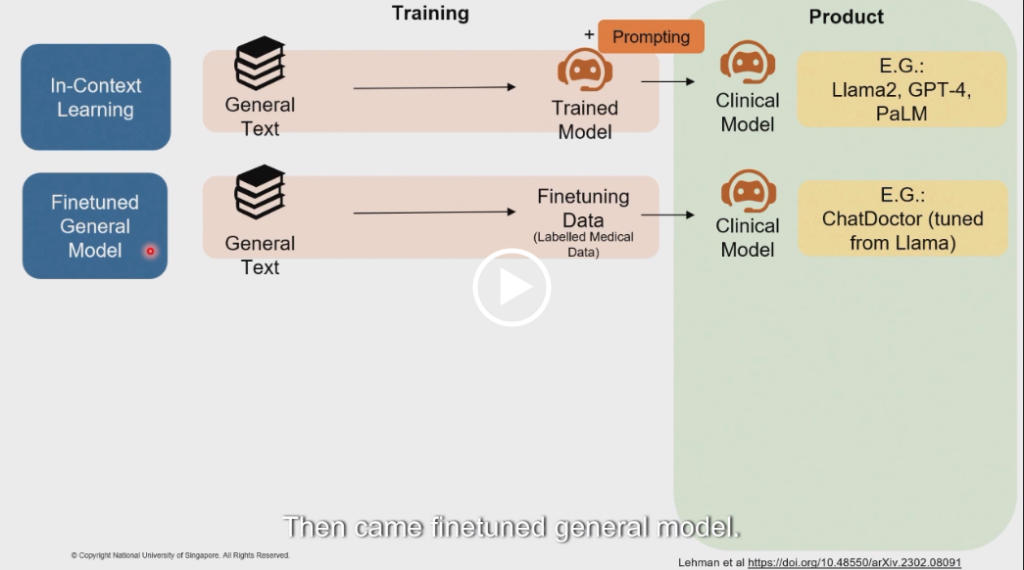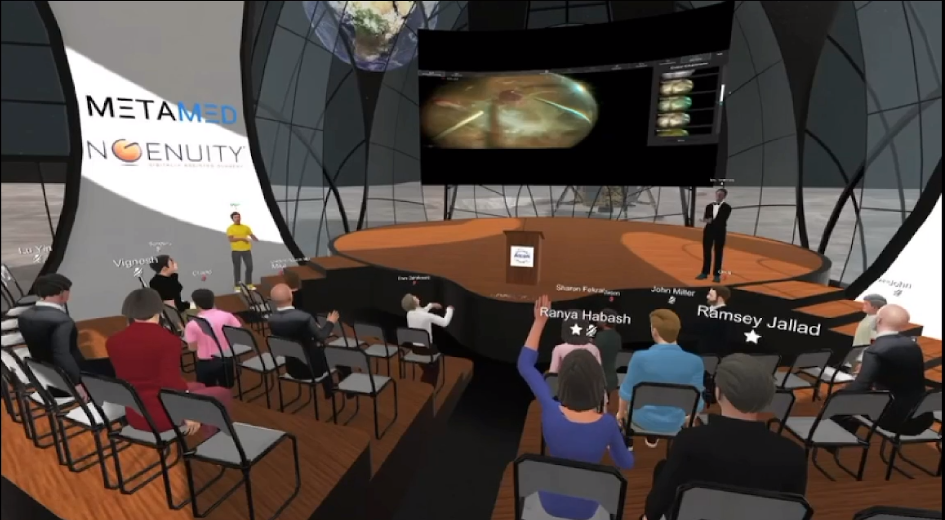Abstract
Background: Deep learning is a novel machine learning technique that has been shown to be as effective as human graders in detecting diabetic retinopathy from fundus photographs. We used a cost-minimisation analysis to evaluate the potential savings of two deep learning approaches as compared with the current human assessment: a semi-automated deep learning model as a triage filter before secondary human assessment; and a fully automated deep learning model without human assessment.
Methods: In this economic analysis modelling study, using 39 006 consecutive patients with diabetes in a national diabetic retinopathy screening programme in Singapore in 2015, we used a decision tree model and TreeAge Pro to compare the actual cost of screening this cohort with human graders against the simulated cost for semi-automated and fully automated screening models. Model parameters included diabetic retinopathy prevalence rates, diabetic retinopathy screening costs under each screening model, cost of medical consultation, and diagnostic performance (ie, sensitivity and specificity). The primary outcome was total cost for each screening model. Deterministic sensitivity analyses were done to gauge the sensitivity of the results to key model assumptions.
Findings: From the health system perspective, the semi-automated screening model was the least expensive of the three models, at US$62 per patient per year. The fully automated model was $66 per patient per year, and the human assessment model was $77 per patient per year. The savings to the Singapore health system associated with switching to the semi-automated model are estimated to be $489 000, which is roughly 20% of the current annual screening cost. By 2050, Singapore is projected to have 1 million people with diabetes; at this time, the estimated annual savings would be $15 million.
Interpretation: This study provides a strong economic rationale for using deep learning systems as an assistive tool to screen for diabetic retinopathy.
Funding: Ministry of Health, Singapore.



